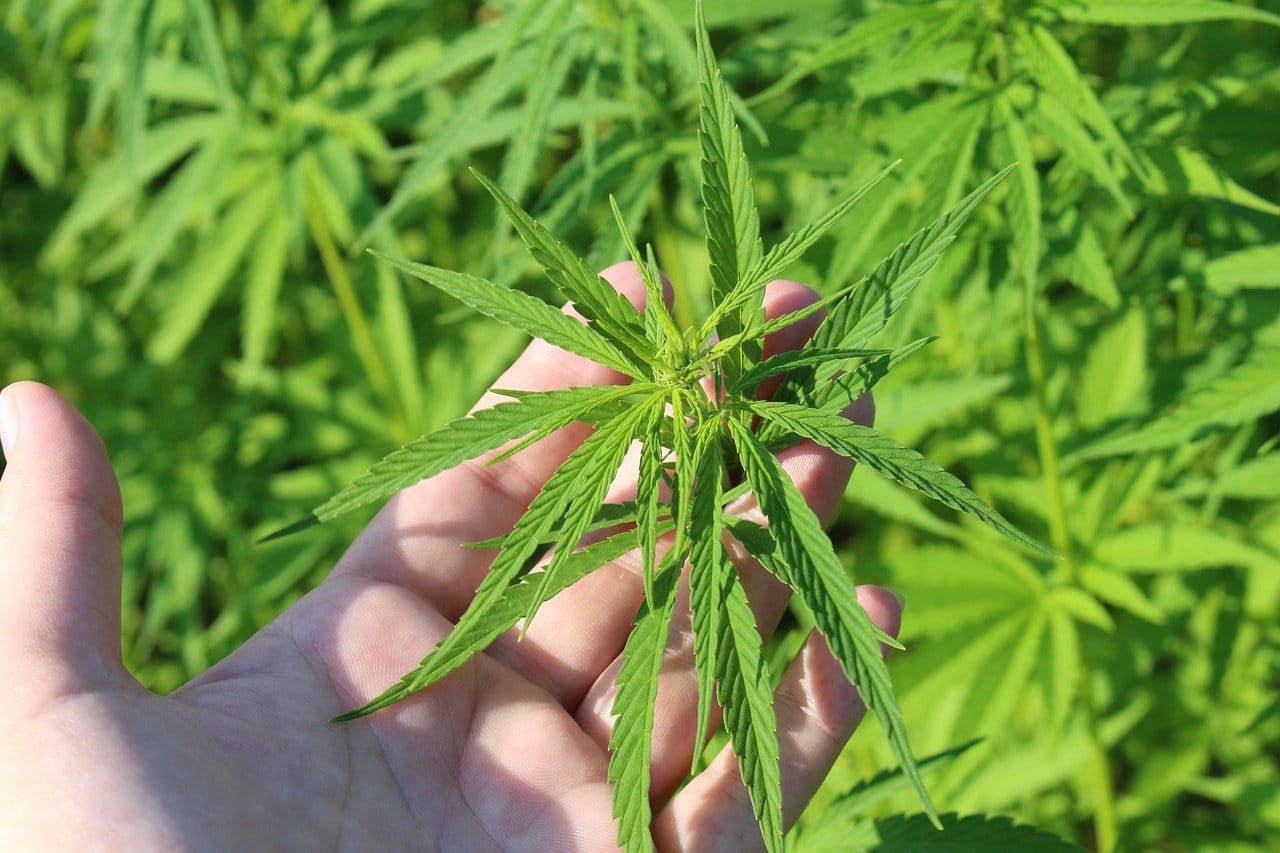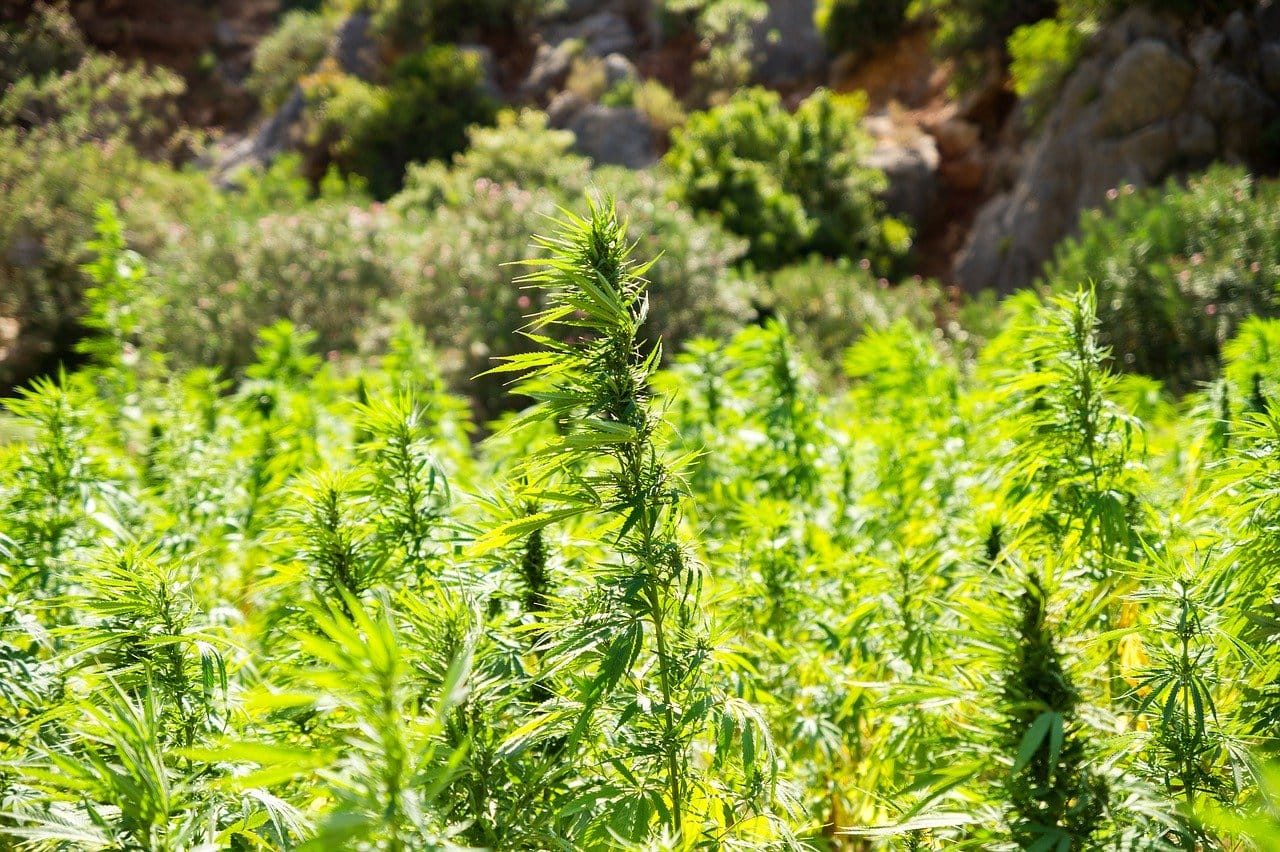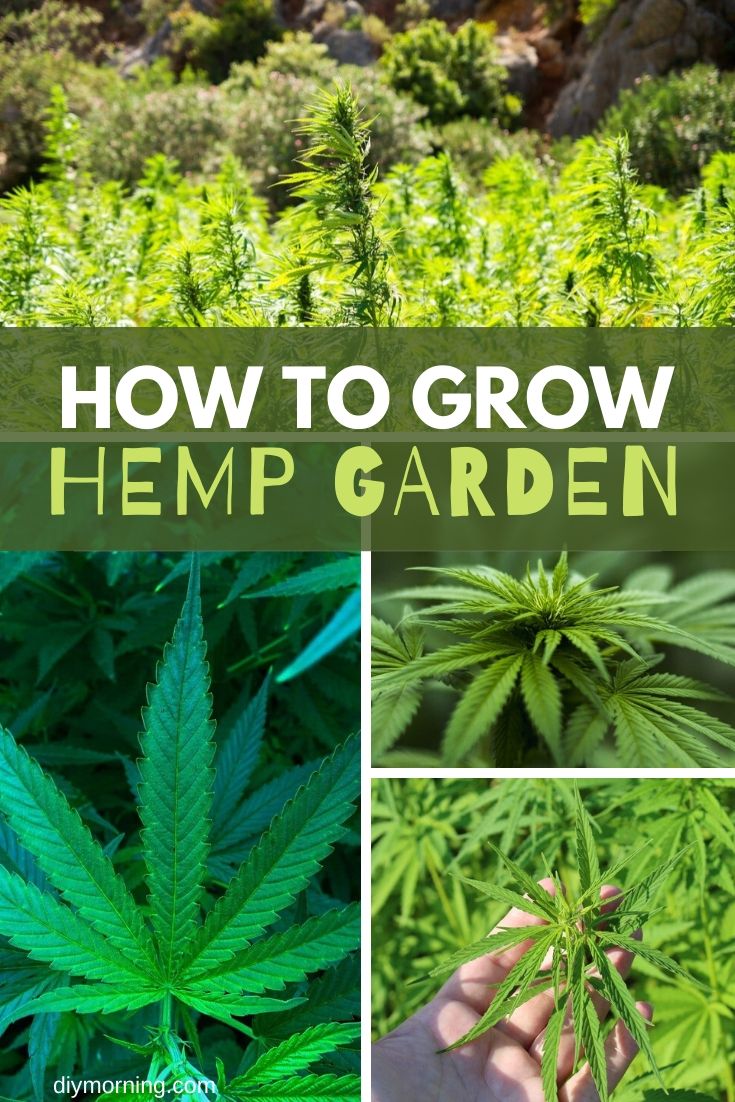The recent Farm Bill has been introduced. As a result, almost every state in the United States of America has made it legal to grow and use hemp. This initiative by the authorities has also added to the employment opportunities for all the farmers and other individuals. Not only this, but many brands and companies are also now openly selling hemp products in one form or the other. The market of hemp has become widespread and a lot many people are making the most out of the same.
Of all these factors, the most exciting thing is that now hemp can be grown by you in your farm or garden. Yes, you heard that right. You can grow hemp in your home and it is very much possible. You are merely required to follow a few steps after which you can readily grow hemp within the premises of your home.
Before you start making preparations for growing hemp in your garden, there are a few points that you must remember.

- Hemp grows faster than corn. However, it requires less water, herbicides, pesticides, and fertilizers. This property of hemp makes it a more sustainable crop. Thus, you can easily grow and maintain the same.
- Hemp is considered to be an annual plant. It completes the whole life cycle during a single growing season.
- The best thing about hemp is that it can grow in any environment. However, there are two exceptions. Hemp cannot stand the desert as well as high mountain conditions. Hemp flourishes the best in warmer weather in well-drained soil.
- You don’t need to witness the hassle of planting the seeds of hemp in a pot first to further transfer it into the soil. You can directly plant the hemp in the ground.
There are many brands, online and offline, that are selling different products of hemp and you can buy them from the market without any problem. IHF is one of the best brands that sell the best hemp products online. IHF hemp flowers are very popular among the hemp community. If you are not able to grow hemp in your garden or farm, don’t bother. You can easily buy hemp products online from them.
Growing Hemp In The Garden:

Here is everything that you need to grow hemp in your garden or farm:
- Hemp seeds
- Soil
- Shovel and towel
- Tarp
- Nitrogen-rich soil and water
- Seed drill, hammer, and sickle
- Bucket and moisture meter
- Decorator and enclosed container.
Listed below are the steps involved in growing hemp:
- The place where you are likely to grow hemp should always be a warm area. The pH level of the soil in such an area should be between 6.7.5 respectively. Put the seeds deep into the soil. You can make the use of a seed drill to perform the process. It is important to plant these seeds very closer to each other so that they grow up instead of growing outwards. If you want to harvest the seeds, they should be planted apart from each other.
- Water your plant regularly and accordingly. Start watering your hemp plant 12-15 inches throughout the whole season of their growth. Always make sure that your plant is 1-2 inches damp in the deep soil. The dampness of the plant matters during this stage.
- Spread nitrogen-rich soil on the top of the crop. Choose a dry day to perform this action so that the soil is able to stay well near the roots instead of sticking to the plants.
- If you want to harvest your hemp, start as soon as the first seeds of the hemp plant begin to develop. You can make the use of a sickle to cut the plant. However, don’t cut it deep. Hemp seeds take a time of 16 weeks to develop fully.
- After the process of harvesting your hemp plant, the next step is to arrange them in a nicely-ventilated area. This will begin the retting process of the plant. The stalk shall start separating from the fiber. You can further thresh the seeds by the way of placing them on the tarp of a flat surface and then smashing them with the help of a hammer.
- Dry the stalks in a cool and well-ventilated area until the moisture level of the plant reaches a total of 15 percent or less. This can be determined by the way of a moisture meter. Winnow the seeds to get rid of all the bits and broken shells. Put them in a bucket and dump the contents of the first bucket into another. This process lets the dense seeds fall into the bucket, thereby removing the broken pieces.
- Lastly, make the use of a decorator to separate fibers from the stalk of the plant. Keep the seeds in an enclosed container in a refrigerator at a temperature of 32-40 F. This process saves them from germinating and rotting.
Hemp seeds start germinating quickly and the plant could reach 12 inches or more within 3-4 weeks of planting the same. You will see the signs of male or female hemp within 60 days of its growth. In 100-120 days, the plant shall be ready for the process of harvesting. Growing hemp in your garden is no rocket science. All of these steps are easy to follow. Start growing your hemp within the premises of your house. Good luck!





